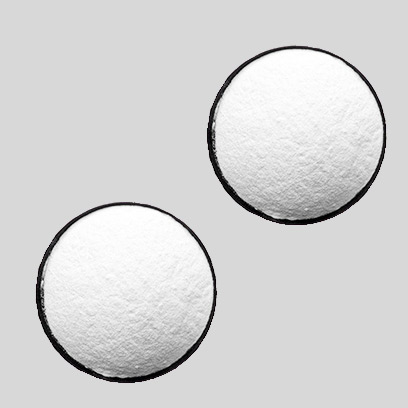
Aug . 17, 2024 04:07 Back to list
Titanium Dioxide Color Manufacturing Processes and Factory Insights
Exploring the World of Titanium Dioxide Color Factories
Titanium dioxide (TiO2) is an essential pigment that has become a cornerstone in various industries, from paints and coatings to plastics and cosmetics. Known for its exceptional whiteness, opacity, and durability, titanium dioxide is used to create vivid colors and enhance the brightness of products. As the demand for this versatile compound continues to grow, so does the presence of titanium dioxide color factories around the globe.
Titanium dioxide is typically produced through two primary processes the sulfate process and the chloride process. Each method has its advantages and disadvantages, which influence the quality and application of the final product. The sulfate process, which involves the reaction of titanium ore with sulfuric acid, is widely used because it can produce a variety of grades of titanium dioxide. This method is particularly advantageous for producing high-quality pigments suitable for a range of applications.
In contrast, the chloride process, which uses titanium tetrachloride as a precursor, is known for producing titanium dioxide with superior purity and brightness. Though it may require more advanced technology and higher initial investment, the final pigment obtained is often more desirable for industries that prioritize high-performance products, such as automotive paints and premium cosmetics.
One of the most significant trends in the titanium dioxide pigment industry is the increasing focus on sustainability and environmental impact. Titanium dioxide production has historically been associated with significant environmental concerns, including the release of hazardous waste and greenhouse gases. However, many leading color factories are implementing measures to minimize their ecological footprint. These initiatives include adopting cleaner production technologies, recycling waste materials, and utilizing renewable energy sources.
titanium dioxide color factories

Additionally, advances in nanotechnology have paved the way for the development of nano-sized titanium dioxide particles, which possess unique properties that enhance their performance in applications. These nanoparticles not only improve the brightness and opacity of pigments but also provide added functionalities, such as UV protection and antimicrobial properties. Consequently, many factories are investing in research and development to harness the benefits of nanotechnology in their product offerings.
The global market for titanium dioxide is experiencing robust growth, driven by rising demand in various sectors, including construction, automotive, packaging, and textiles. As countries continue to urbanize and industrialize, the need for high-quality paints, coatings, and plastics is also on the rise. This increasing demand has led to the establishment of new titanium dioxide color factories in various regions, particularly in Asia-Pacific, where the growth of manufacturing hubs is accelerating.
Moreover, regulatory standards for product quality and safety are becoming increasingly stringent, compelling titanium dioxide manufacturers to consistently improve their processes and offerings. Many factories are seeking certifications to demonstrate compliance with international standards, ensuring that their products meet the ever-evolving expectations of consumers and industries alike.
In conclusion, titanium dioxide color factories play a vital role in providing high-quality pigments that enhance the aesthetics and durability of products across multiple sectors. As the industry continues to evolve, the integration of sustainable practices, technological advancements, and rigorous quality standards will be imperative in meeting global demands while minimizing environmental impacts. The future of titanium dioxide production is bright, reflecting the compound's importance in a wide array of applications, solidifying its position as a pillar of modern manufacturing.
-
Premium 6618 Titanium Dioxide for GPT-4 Turbo Applications
NewsJul.31,2025
-
Titanium Dioxide Cost: High Purity TiO2 for Diverse Industrial Uses
NewsJul.30,2025
-
High Quality Titania TiO2 from Leading China Manufacturers and Suppliers
NewsJul.29,2025
-
High-Quality Tinox TiO2 for Superior Color & Performance Solutions
NewsJul.29,2025
-
High Quality Titania TiO2 from Leading China Supplier & Manufacturer
NewsJul.29,2025
-
High-Performance r6618 TiO2 for Superior Whitening and Versatility
NewsJul.28,2025
